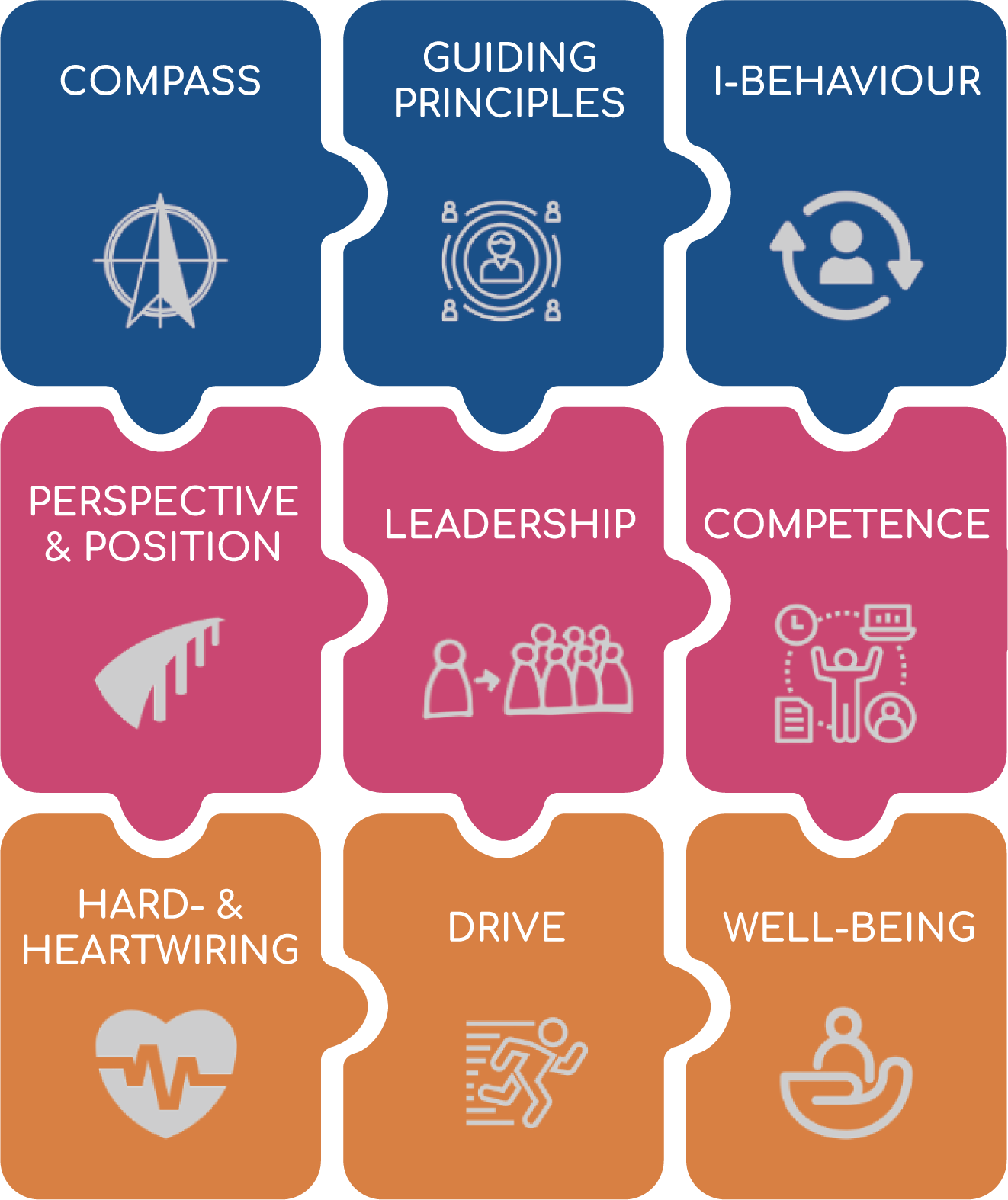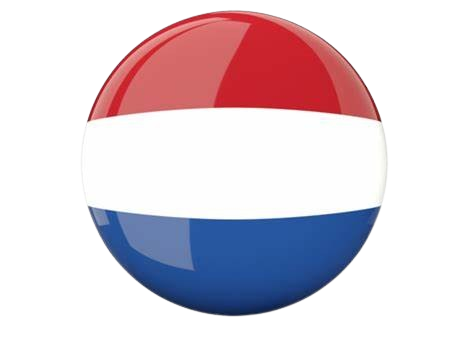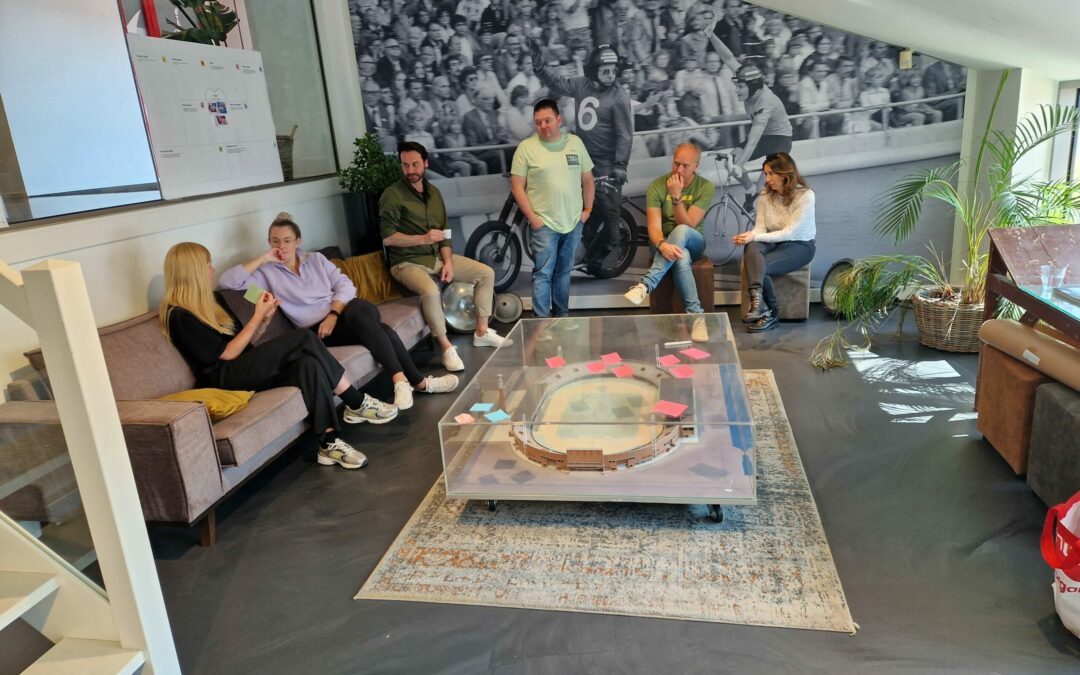Flow: next to the feeling of being completely absorbed in something, it focuses on developing people. It refers to stretching your competencies and providing the challenge to deploy them. An ideal setting for employee engagement. Hence, for developing a company, which, in case of huge growth rate, requires above average talent.
Man, don’t bore me with that theory. Well, that’s the beauty of it all. This is real life. At Harman Lifestyle EMEA. A company I’ve been working for since years that provides learning for me every year.
In this case it’s about the team leads in Sales Support and their Business Analyst. They have to process huge amounts of orders, often with a lot of manual work, with teams that (as a result) have high rotation but need to work flawlessly.
Challenge!
In getting the work done they have a day’s job.
Now think of employee engagement, intrinsic motivation and a mix of generations (Millennials, Z…)
The leader of this Sales Support department did and the key to success is in his words; enabling people.
Wim Chermin was introduced to me as one of the members of the Operations MT of Harman Lifestyle EMEA. Representing Sales Support. He also highlights the human aspect in the MT. Like in many operational teams, there is a lot of focus on activities. He re-balances that.
During the trajectory with the MT he asked me to help him enable his own direct reports and subsequently their teams.
We ran a trajectory, modelled to my Organisationvitality proposition. Starting with the compass; what’s their purpose. Continuing with positioning the department. And eventually training Impact skills to help the team leads engage their direct reports. Now that we completed stage 1, Wim will take up on the job mentoring to continue the learning process. Time to interview him and find out what the basis of his philosophy is.
When talking about transformational leadership Wim translated that into natural leadership. On the one hand referring to the logic of ‘walk the talk’. Being a role model triggers team members to take their learning from it. Especially if in doing so, you stimulate people to come up with suggestions and recommendations. A (natural) leader is not known for their own actions, but those of the team.
On the other hand emphasizing that people want to be heard. It’s natural to be genuinely interested in and by people. This explains why Wim’s examples of best practices refer to personal problems, tragedy even. In these cases your intuition is leading, not the protocol. Eventually it’s about compassion.
Learning is about reflection. Wim is honest to admit that his first managerial role was way too transactional. Being too much in the operation, answering every question on the spot, focused on activities, not on people. Later he learned that, apart from a natural leadership approach, it’s good to first accept what’s happening. Only when understanding the ‘as is’ and the maturity to reach ‘to be’ you can start the transformation.
This demands some of the key behaviours of transformational leadership: forward thinking and role modelling. Having a vision, articulating it and inspiring people to reach for it. When it makes sense and the team shows understanding and dedication, you don’t need to micro manage them with KPI’s. Focus on performance and results will come. Only focusing on results, often jeopardizes performance.
When asking Wim how he looks at the future of leadership, immediately ‘Gen Z’ comes up as a topic. And there he refers to his experience as father. Leading people is like raising people. It’s more about asking the right questions and (try) understanding the answers, then steering. Well, steering will follow the proper discussion. Eventually direction is needed; at any age. But more in facilitating a process, then managing on tasks. He notices that generally a lot of leadership behaviours are positioned as HR topics. Take DE&I. Those are really not HR-topics; leaders need to embrace it and live up to it. Technology will create new situations, but focusing on people, enabling them, stands the test of time.
Getting back to the team leads and Business Analyst. The impact you have as a leader is certainly to build a strong team. This team of 5 exists of 2 people that were already in their role when Wim took the lead. Three were assigned later. It’s remarkable to see what the bonding effect is of leaving people the challenges instead of giving all the answers. The trajectory we ran was aimed to create the proper dynamics and preconditions. And it’s again thrilling to notice how much you learn, when teaching.
As a final question I asked Wim which of the 9 cells in my Organisationvitality model appeal to him. It turns out that it’s the diagonal of Compass (purpose), Leadership (enabling) and Well-being (as in vitality and good spirit)




